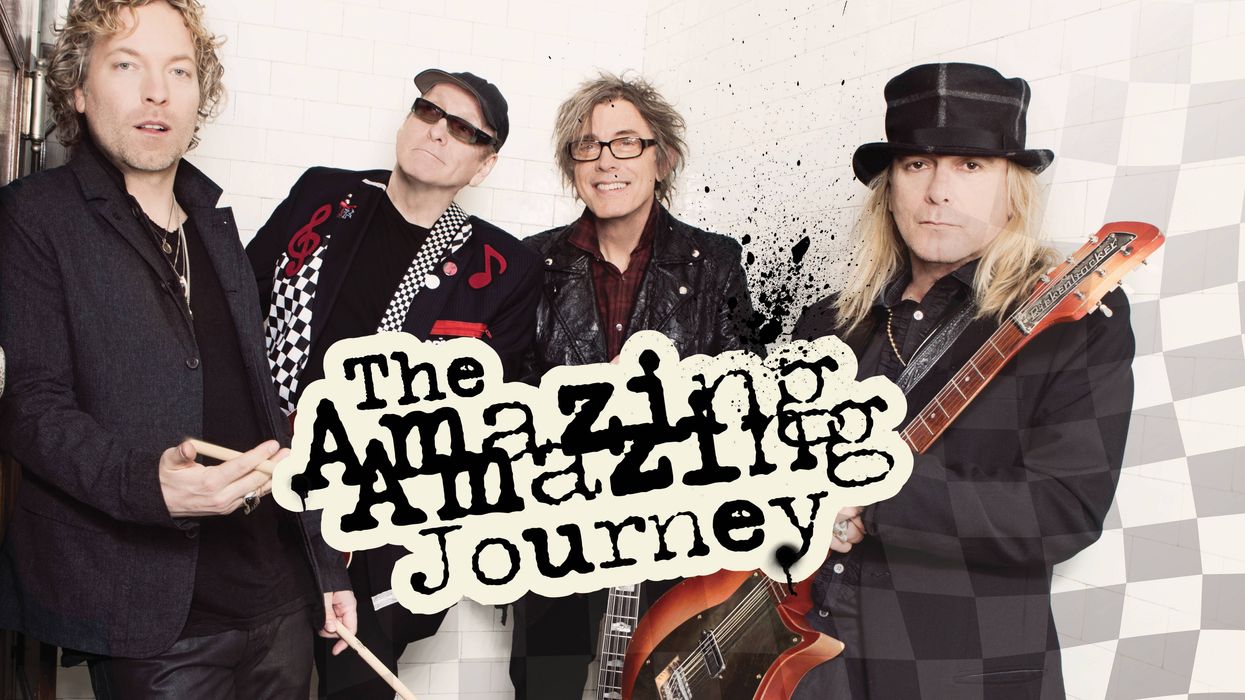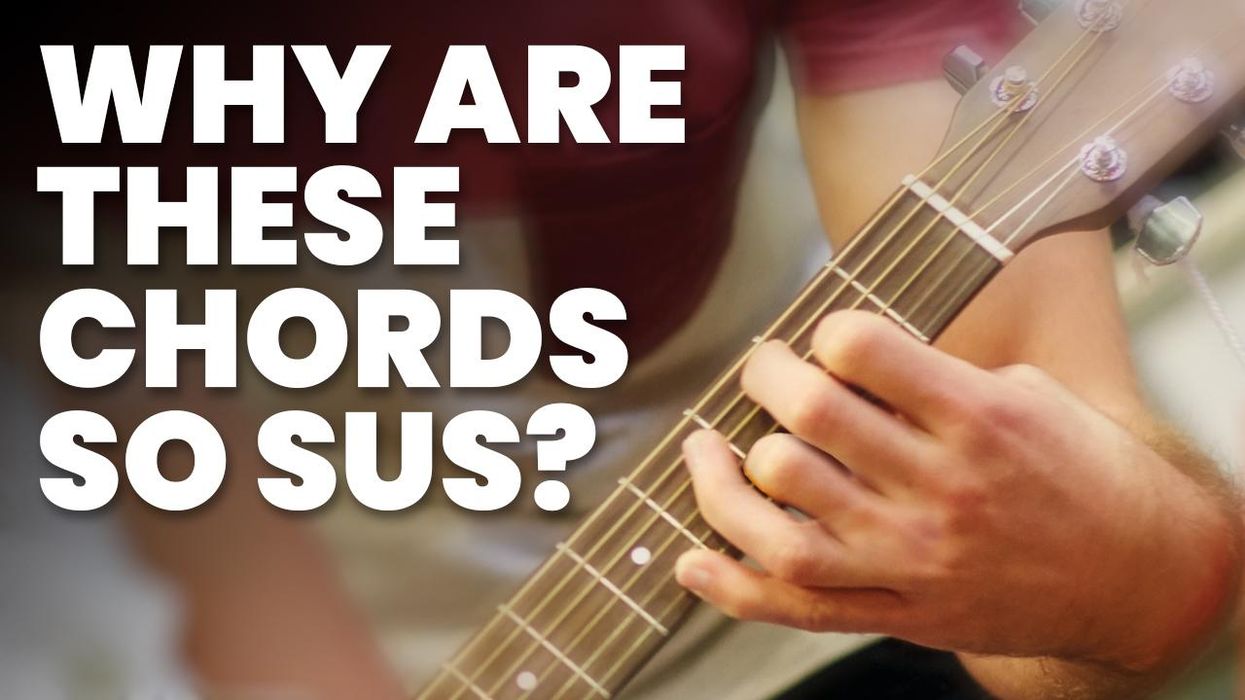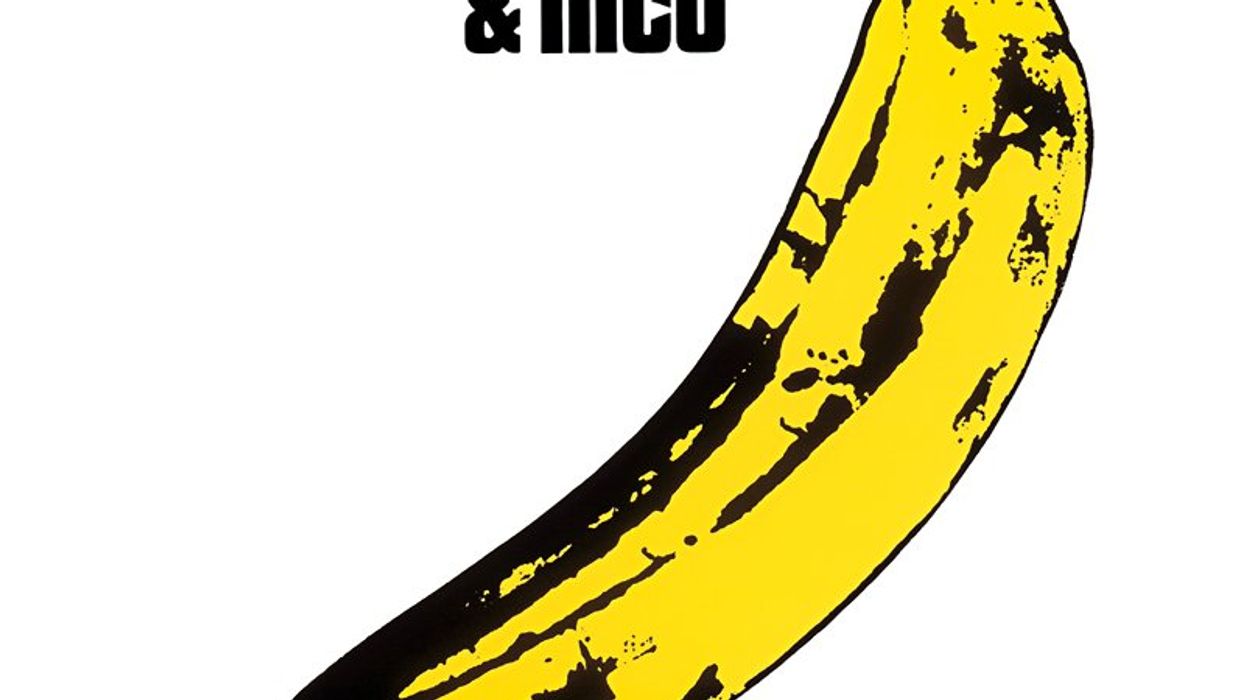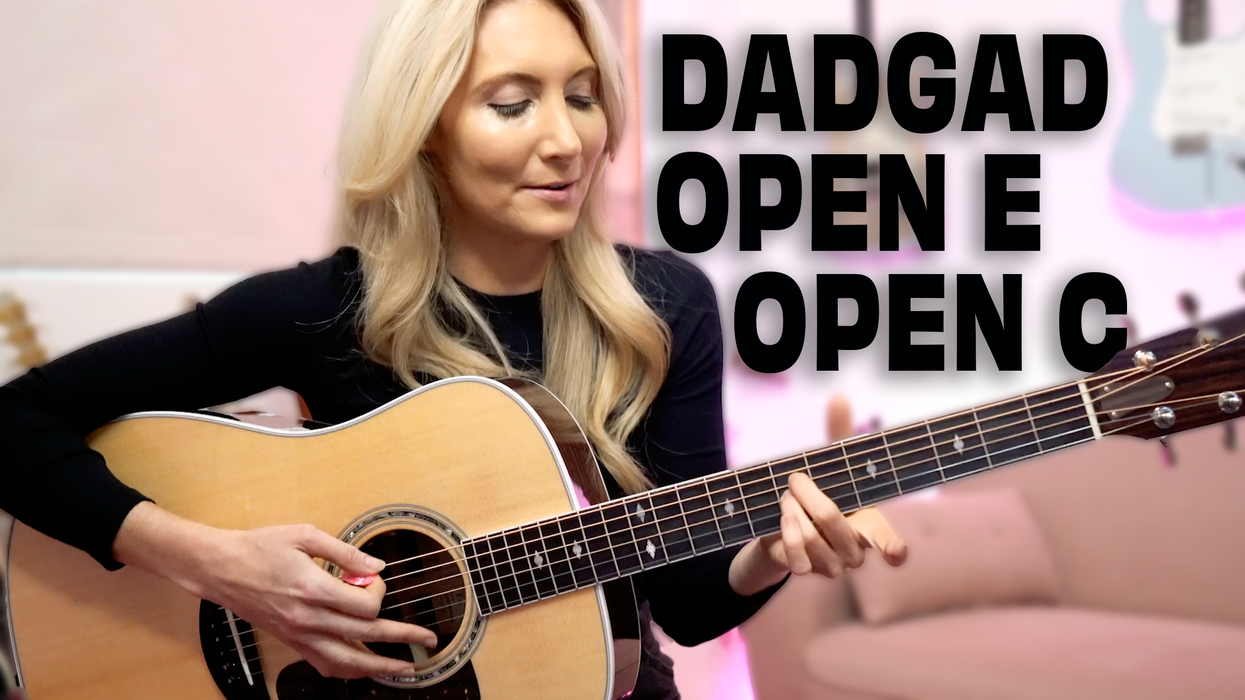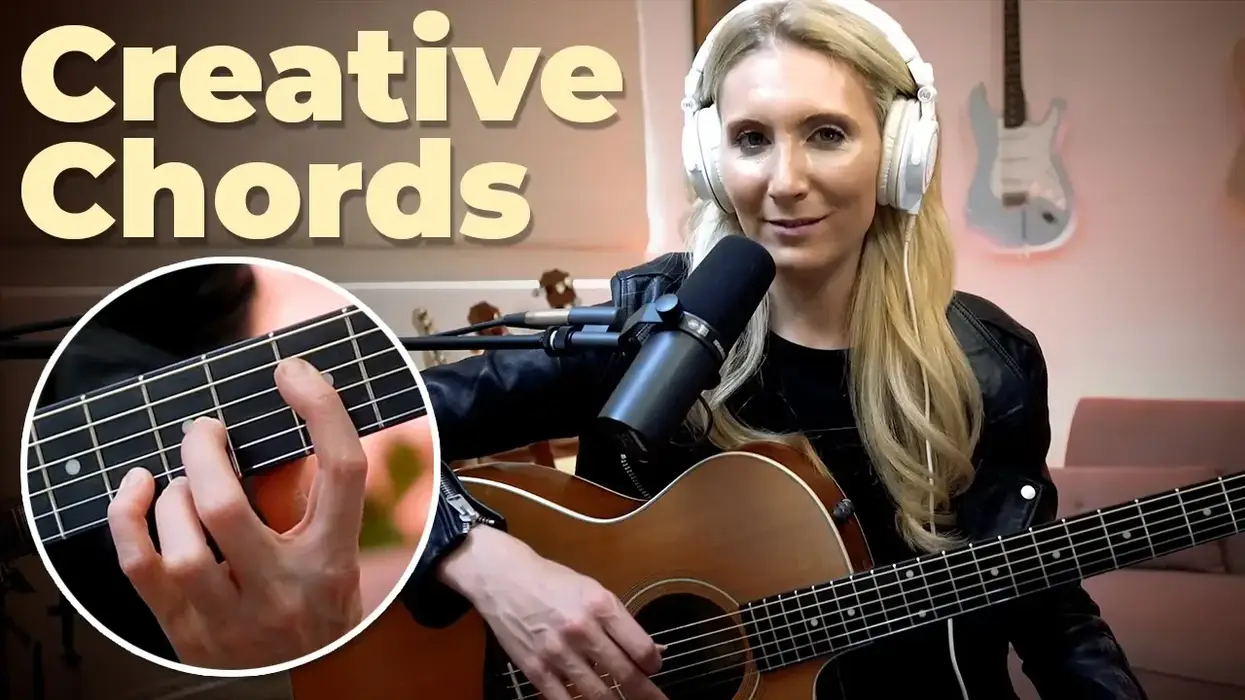Tighten up your rhythm playing by focusing on how to get a great sound, balancing your wrist and elbow, and understanding how to subdivide rhythms.
The Fine Art of Strumming

By Caitlin CaggianoFeb 02, 2025
Caitlin Caggiano
Guitarist, performer, and music educator Caitlin Caggiano has dedicated
her life to helping others speak the language of music on the guitar. She
has taken her gift of guitar playing across the world, participating in
several national and international tours. In addition to having years of
performing experience on a global level, Caitlin holds a Classical Guitar
Performance Degree from University of Central Florida, as the first female
to graduate from the university with that degree. From classical music to
rock, pop, and worship, Caitlin has been teaching guitar to students of all
ages and levels for over 15 years, having taught thousands of online
lessons to participants in multiple countries. She has led guitar workshops
and masterclasses across the country, and regularly teaches weekly online
masterclasses to hundreds of guitar students. For the past decade, she
has been performing and providing session work in Orlando, FL. Caitlin is
currently performing at Walt Disney World regularly with her band The
Guitar Shred Experience.

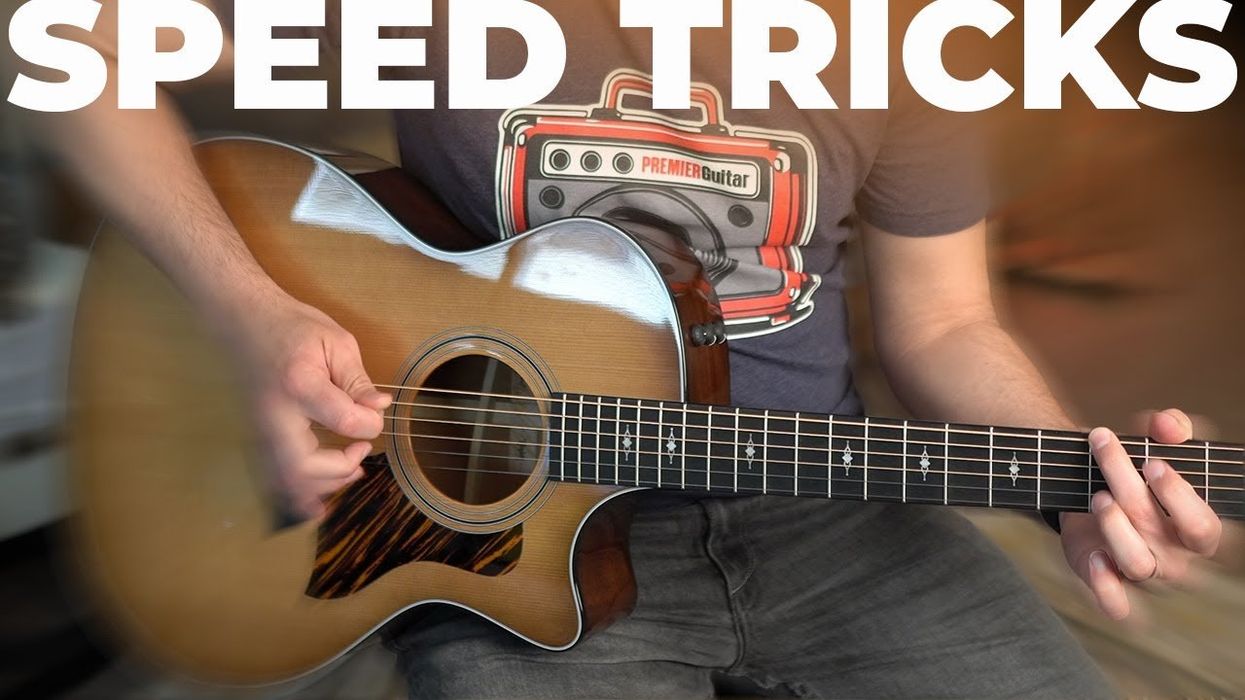
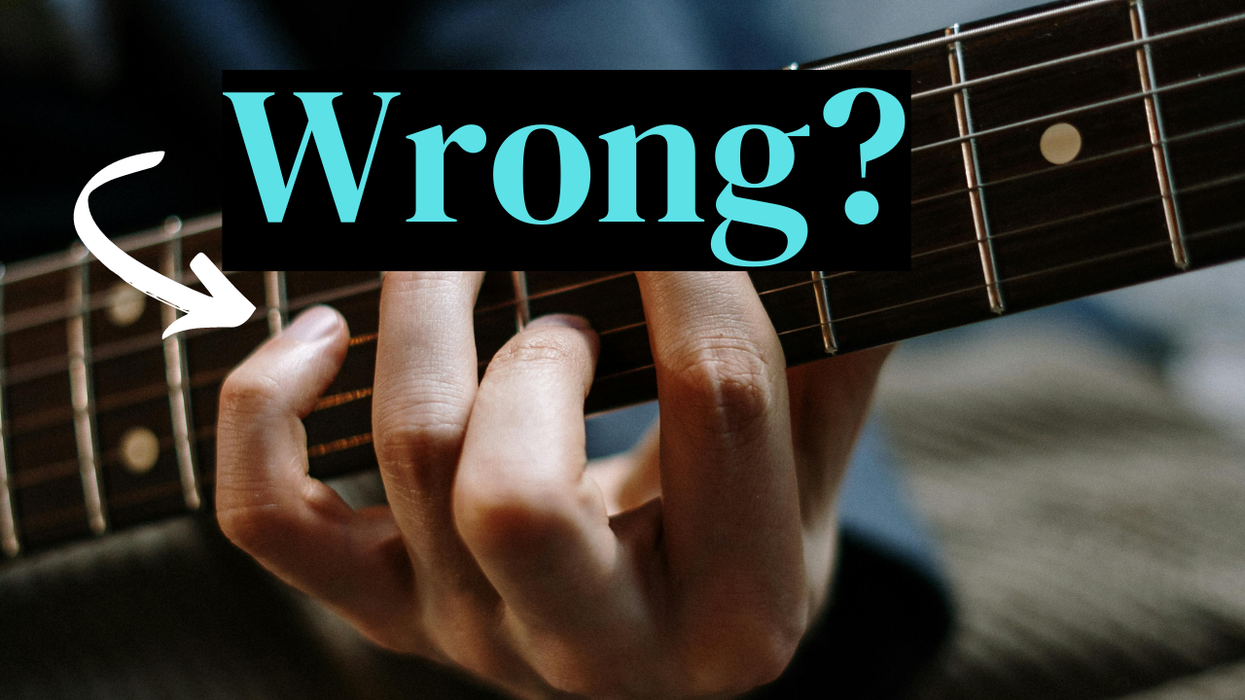

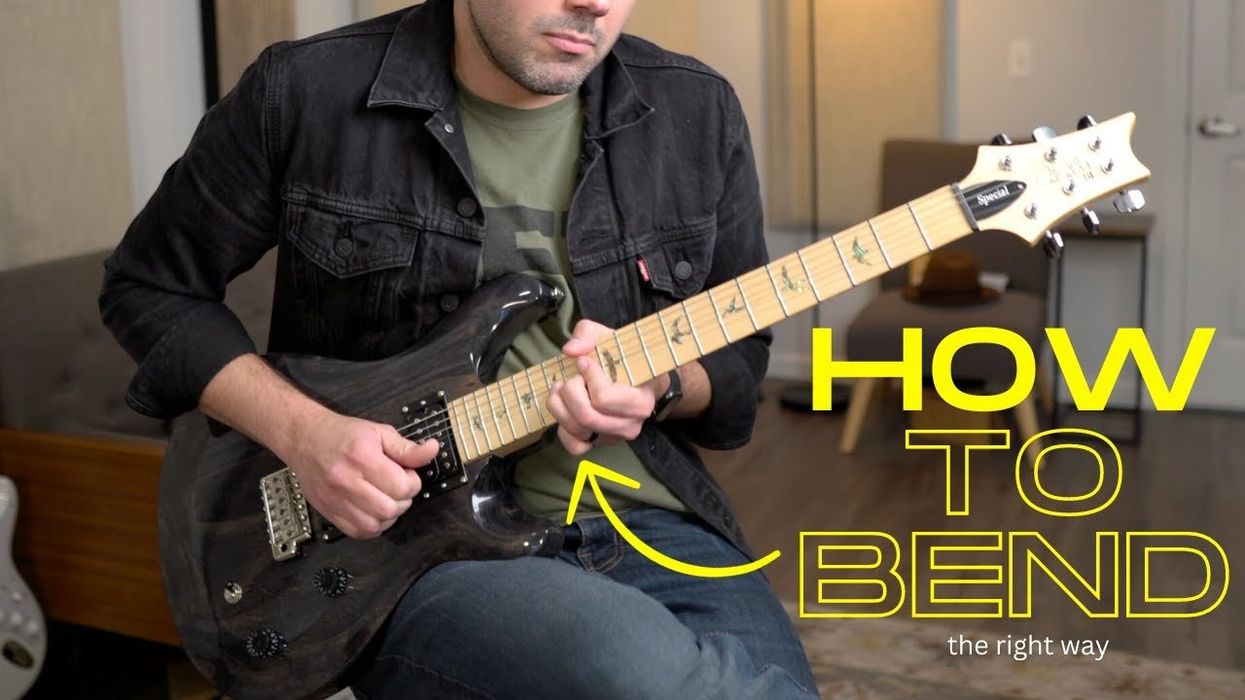
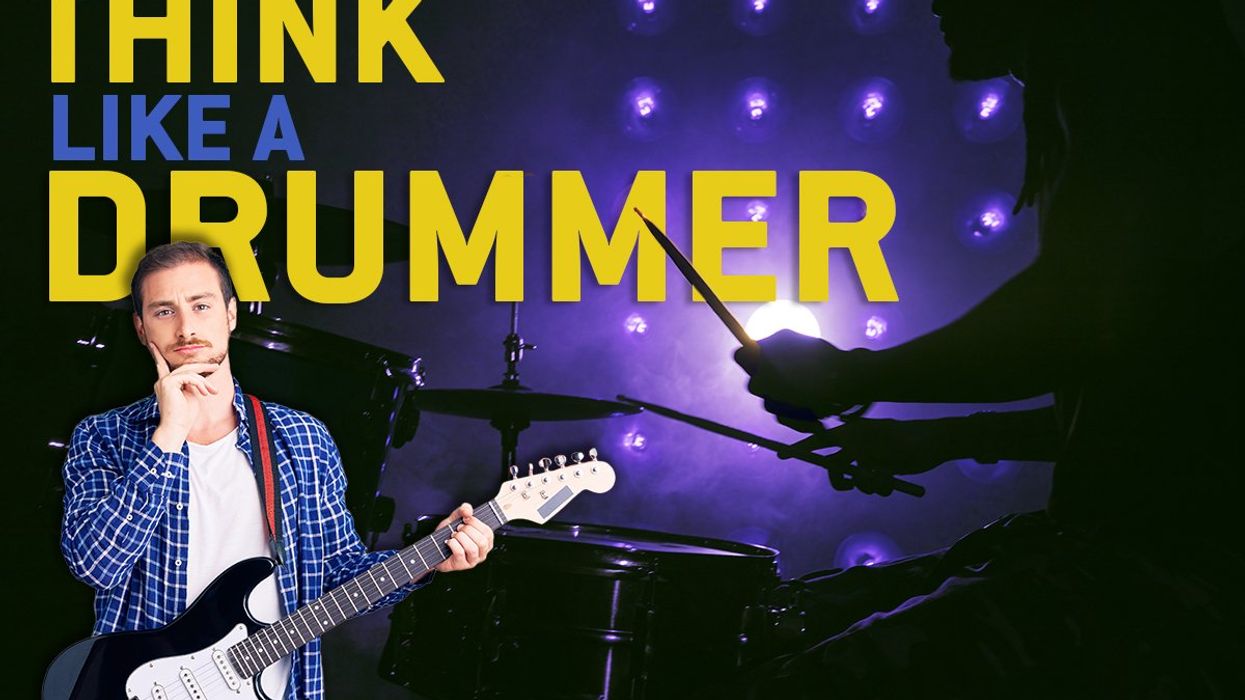

![Devon Eisenbarger [Katy Perry] Rig Rundown](https://www.premierguitar.com/media-library/youtube.jpg?id=61774583&width=1245&height=700&quality=70&coordinates=0%2C0%2C0%2C0)

